Song of the Week: “Immortals,” by Fall Out Boy - “‘Cause we could be immortals / just not for long”1
There is a much-quoted moment in the 2008 superhero movie Iron Man when the villainous Obadiah Stane berates his minions for their inability to duplicate the arc reactor that Tony Stark created while imprisoned at the beginning of the movie. “Tony Stark was able to build this in a cave!” he yells. “With a box of scraps!”
I think about that line whenever I’m working on a craft project or costume at the same time as my friend Jillian. Back in university, Jillian became legendary among my friends for her ability to create costumes from The Avengers or The Hobbit out of cereal boxes, nail polish, and old clothes.
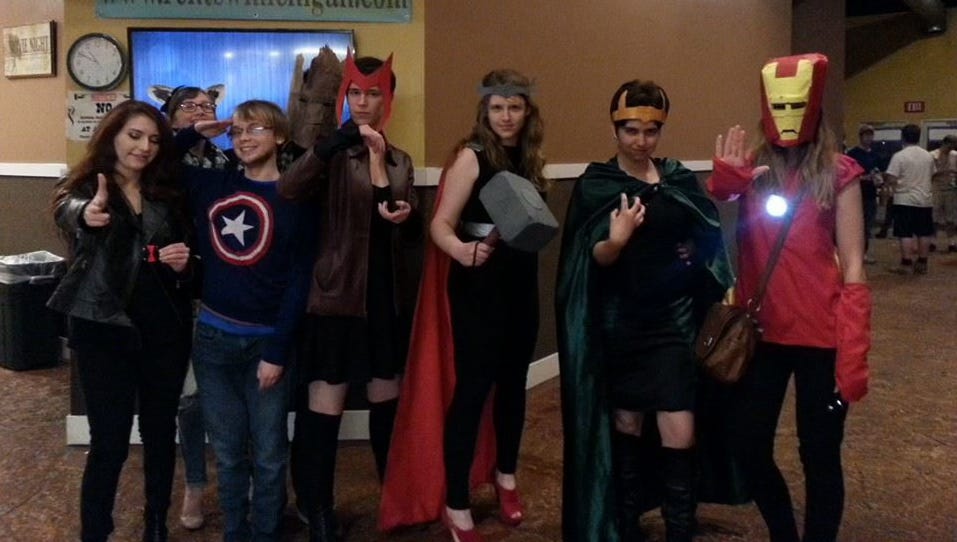
Years later, though our potential budgets have increased, Jillian still prides herself on her ability to make beautiful costumes out of cheap or free items. Last Wednesday, the two of us spent an evening working on costumes to wear to the upcoming Fan Expo Canada. In the time it took me to make a few paper bags soggy with green paint, Jillian not only hand-painted an old belt to look like it was covered in dragon scales, but also figured out how to turn the mess of craft supplies I had brought with me into something wearable.
When I texted her later that night to reaffirm my thanks, her response summed up her costuming ethos: “Happy to help!” she said. “We were working with my preferred medium: office supplies and dollar store stuff.”
Jillian’s scrappy ethos and ingenuity is typical of people who cosplay: a portmanteau of “costumed” and “play” that can be used both as a verb and as a noun to describe the costume itself.
Take the cosplays she created for herself and her partner Andy of two characters from Robert Jordan’s Wheel of Time series.
Wire from a picture frame and air dry clay become a crown. Ping-pong balls, foam, and tape become an ancient sword. Ordinary people, wearing clothes sewn from fabric remnants and bedsheets, become magic.
Transformers
While most people have bought or created a Halloween costume at some point in their lives, cosplay is set apart from Halloween costumes by its setting, its focus, and - usually - its attention to detail. While individuals most frequently cosplay at comic and pop culture conventions, they are also likely to cosplay at movie premieres, book signings, or in videos and pictures for social media.
Many cosplayers focus on recreating costumes seen in movies, TV shows, and video games with exacting detail, spending hundreds of hours carefully weathering fabric, assembling chain mail, or painting runes to get details just right. While a large percentage of cosplayers challenge themselves, like Jillian does, to use materials cheaply and creatively, others will invest thousands of dollars into replica Mandalorian armor, or purchase yards of the exact silk worn in a gown.
Regardless of the amount of money spent, however, what unites cosplayers - and often sets their creations apart from Halloween costumes - is love: love for the works whose characters they painstakingly depict, and a love for the communities of devotion that surround those works.
Cosplay began as a niche practice that emerged from two communities in the 1970s: the anime and manga fan communities of Japan, and Star Trek fan conventions in the United States and Canada.
Much like reading comic books or playing Dungeons and Dragons, cosplay has transformed in the last twenty years from something hopelessly nerdy to something mainstream and celebrated.
Head to a Joann Fabrics today, for example, and you’ll see cosplay sewing patterns and faux-chainmail fabrics front and center alongside the florals and flannel. Even actors - who wear costumes and play pretend year-round - have gotten in on the action. Harry Potter star Daniel Radcliffe made headlines in 2014 when he revealed he had spent a day walking around San Diego Comic Con dressed as Spider-Man, allowing him to conceal his own (very famous) secret identity.
This is, I think, for one simple reason: cosplaying is extremely fun. At the end of the day, who doesn’t miss getting to play dress up? Why limit yourself to Halloween when you can dress up all year round?
As fashion historians Osmud Rahman, Liu Wing-Sun, and Brittany Hei-man write in their article “‘Cosplay’: Imaginative Self and Performing Identity,” “Cosplaying provides performers with a momentary escape from the stress and monotony of ordinary life; and allows them to enter into a whimsical dream of fantasy or childhood” (321).2
For fan studies scholars, cosplay is part of a larger group of practices known as “transformative fandom.” In their 2014 collection The Fan Fiction Studies Reader, Karen Hellekson and Kristina Busse argue that fandom can be broadly divided into two categories: affirmative fans and transformative fans:
Affirmative fans tend to collect, view, and play, to discuss, analyze, and critique. Transformative fans, however, take a creative step to make the worlds and characters their own, be it by telling stories, cosplaying the characters, creating artworks, or engaging in any of the many other forms active fan participation can take. (4)
So, for example, an affirmative fan might collect rare Pokemon cards or memorize obscure trivia facts from the Star Wars extended universe, whereas a transformative fan would draw fan art of Steve and Bucky from Captain America as boyfriends, or write music about the BBC’s Doctor Who.3
It’s tempting to think about one kind of fandom as more important, or more subversive, than the other. There’s an old aphorism that reflects this attitude: “Men Collect, Women Connect.”
In this imagination of fandom, we have straight white men, arranging their collections of mint-condition action figures who look just like them on a shelf and grilling each other on Isaac Asimov’s Three Laws of Robotics. Think: the guys from The Big Bang Theory.
On the other hand, there’s the fans who - failing to see themselves in existing media - created their own versions of popular texts to express their desires. The most famous example of this is the largely female Star Trek fans in the 1960s and 1970s who wrote gay fanfiction about Kirk and Spock and mailed it to each other in amateur newsletters.
Like most binaries, however, the one separating affirmative and transformative fandom is incomplete at best, and just plain wrong at worst. Fans don’t fit neatly into one kind of fan or another: I have both cosplayed as Katniss Everdeen from The Hunger Games and delivered an academic paper at a conference analyzing the novels through an ecocritical lens.
Also, when I was taking the so-called “transformative” action of dressing up as Katniss, I was far more interested in recreating her braid accurately than I was in examining how The Hunger Games interrogates questions of violence, performance, and gender.
There is one group, however, for which cosplay is often uniquely subversive, whether they want it to be or not: Black fans.
Black Superman
In North America, Black people are often underrepresented both in popular “nerd” media and in fan communities. Partially this is because of cultural stereotypes: Steve Urkel aside, the stereotype of the nerd is not often Black. As Mar-Kell Law II writes in his master’s thesis on Black nerd culture, “The typical or traditional nerd is viewed as a desexualized, usually white, male, loser. Conversely, Black males have been stereotyped as hyper-masculine, hyper-sexual, and as the epitome of ‘cool’...In short, to be Black is to be the antithesis of a nerd” (8).
Many of the most successful pieces of media in nerd spaces - The Lord of the Rings, Star Wars, Harry Potter, Game of Thrones - still center straight white male characters, and often feature few, if any, Black actors and characters.
When these media franchises do incorporate Black characters, they often face intense racist backlash, such as when British-Nigerian actor John Boyega was cast as Finn in the Star Wars sequel trilogy, or when Rings of Power featured actors of multiple races among the citizens of Middle Earth.
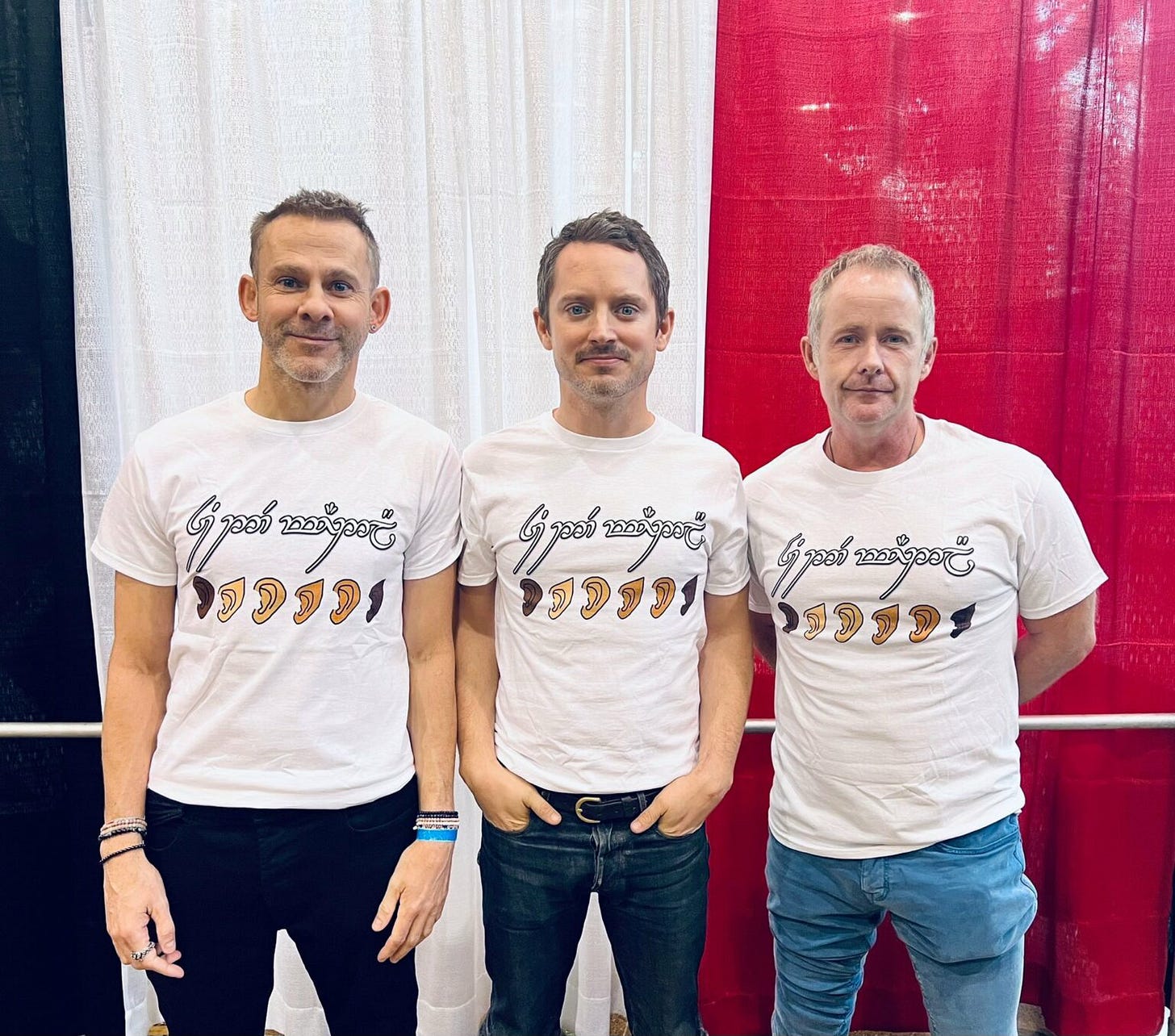
While these racist fans only represent a small part of larger communities, their vocal anger often makes Black fans feel like they are unwelcome, both in fiction and in fandom. For some Black fans, cosplay is a very specific way of fighting back.
In 2014’s Captain America: The Winter Soldier, the Marvel Cinematic Universe introduced Falcon, a war veteran and eventual new member of the Avengers played by Black actor Anthony Mackie. In a 2014 interview, Mackie discussed the importance of children seeing him on screen.4 The Falcon, Mackie reflected, is:
the first African-American superhero [in the Avengers]. It makes me feel like all the work I’ve done has been paying off. I have a son, nephews, and nieces, and I love the idea that they can dress up as the Falcon on Halloween. They now have someone they can idolize. That’s a huge honor for me.
At the simplest level, when Black fans cosplay as existing Black characters, they affirm their appreciation for on-screen representation, and the importance of having that representation not only for children but also for adults. These characters, they assert, are welcome additions to fans’ shared worlds of imagination, just as cool and worthy of emulation as any white characters.
In the excellent podcast Imaginary Worlds’s episode “28 Days of Black Cosplay”, cosplayer Chaka Cumberbatch-Tinsley - also known as Princess Mentality - explains how she took action in response to the lack of Black representation in fandom. In February 2015, she decided to put a nerdy spin on Black History Month and start a hashtag to increase Black visibility in cosplay: #28DaysofBlackCosplay.
In the episode, host Eric Molinsky interviews several Black cosplayers, and explores the way in which they understand their cosplay not only as a fun activity but also as a kind of political and social imagination.
Husband and wife cosplay team Harry and Gina Crosland, for example, frequently cosplay duos from comic books, including Black characters like the X-Men’s Storm and Bishop. They also cosplay, however, as Superman and Wonder Woman, and when they do, they face a lot of questions from their fellow fans.
As Harry explains:
“The problem is…when they see us doing these different spins, they ask, ‘are you universe 24 version of Superman, or are you the Black version of Superman, are you this version, are you that version – I’ve had people ask Gina, ‘are you Nubia?’ which is one the Black Amazons…and I’m like, ‘No, I’m just Superman.’ There have been times where I’ve gotten into debates with people and they’ve been like, ‘You know…’ they don’t want to come out and say it, and say ‘Superman is white,’ They try and say, ‘You know, if you did this, or if you added this to your armor, you could be that version,’ and I’m like, ‘I don’t want to be that version. I’m the version that you see in front of you.’”
The Croslands’ experience reveals the ways in which fan culture frequently centers white characters, and insists that Black cosplayers limit themselves to a (very small) set of Black characters. By insisting that “I’m just Superman,” Harry subversively centers Blackness, insisting that the protagonist of an American narrative as foundational as Superman belongs to fans of every race.
Harry’s cosplay of Superman also reminds me of a 2018 Forbes article in which Dani Di Placido argues that a Black actor like Idris Elba should be cast as the next Superman. Di Placido argues that Superman, as currently portrayed in popular culture, is bland and boring, robbed of any subversive power and so familiar that we no longer recognize his status as an outsider and an immigrant.
A Black Superman, he argues, would be a much more compelling character: a Black man raised by white parents in racist, small-town Kansas. “What if Superman was to experience the very worst America had to offer, rather than a golden, glowing cornfield of dreams?” he writes. “He’d still come out the other side a good-hearted, empathetic person, because that’s who Superman is, but this time, it would actually be earned.”
While it is unlikely that Idris Elba, or any other Black actor, will play Superman any time soon, Harry Crosland’s cosplay does the same work. By cosplaying as Superman, Harry remixes the character, simultaneously replicating his costume with painstaking detail and also embodying a new vision of him.
The Job You Want
I have cosplayed a few times over the years, with varying levels of effort and success: as The Avengers’ Loki at C2E2 back in university, and as Aragorn and Hermione Granger and Claire from Outlander and Faith from Buffy the Vampire Slayer at Fan Expo in Denver.
Each time, after spending hours thrifting and painstakingly crafting weapons and sewing outfits, my favorite part was the same: the day, usually a couple of days before the convention, where I put on my full costume for the first time. I remember vividly the moment that I first tried on my full Aragorn costume and saw myself in the mirror. It was akin to the way I felt a couple of years later when I first tried on my wedding dress and veil. I was transfigured; I had glimpsed, for a moment, a version of myself that was larger-than-life.
It reminds me of this viral webcomic from Zach M. Stafford. Cosplay is a kind of power: the power to imagine yourself as something or someone else.
At its best, however, that imagination is shared.
There’s a moment, whenever you attend a movie premiere or a fan convention, when you spot someone else in cosplay for the first time. Maybe you recognize them from a recent popular work (at last week’s convention we spotted half a dozen Wolverine and Deadpool duos). Maybe you just see someone wearing an unfamiliar yet unmistakable suit of bright pink armor, wielding an enormous foam sword.
Regardless, the feeling is the same: simultaneous relief and delight. You are no longer the weirdo walking around a city in tights and a cape; you are now part of something bigger. As cosplayer Brittnay Williams describes in that episode of Imaginary Worlds, “as soon as you see, like, off in the distance, somebody carrying some kind of long staff, then your shoulders drop, everything in you relaxes, and you’re like, ‘It’s fine.’”
Regardless of whether you are cosplaying or not, there’s a joy in spotting your favorite characters walking around, a humor in watching a tired Spider-Man smoke a cigarette or seeing Gandalf drinking a neon turquoise slushie.
As Griffin McElroy explains in a podcast episode about cosplay, taking his young son Henry to a comic con for the first time was a magical experience for both of them.
It was like we had just transported him to…imagination land, where anything was possible. He was just running around feverishly, like, ‘There’s a big Snorlax! There’s a big Pikachu!” For him, it’s not just people wearing costumes, though I think he knows that they’re not real…Even though he knows they’re not the real guys, it’s still those characters walking and talking.
This weekend, thanks to Jillian’s ingenuity, a few cheap props, and a lot of green eyeshadow, Taylor and I cosplayed as Dennis Nedry and the dilophosaurus that kills him from Jurassic Park.
Though my paper-bag frill was unwieldy, and Taylor’s yellow rain jacket was hot in the late-August weather, it was all worth it for the way people lit up when they saw us. We heard people behind us gasp and say “the dilophosaurus!,” posed for photos, and delighted the host of the Jurassic Park photo op. My favorite moment, though, was when I saw a dad excitedly point us out to his little boy. For just a minute, I was a part of this thing that brought them together.
While most fans will never have the opportunity to befriend celebrities, or grab shawarma with superheroes, we’ve got the next best thing: we have each other.
When it comes to cosplay, what should I add to my syllabus?
I want to hear from you, whether it’s in the comments on this post or in emails to me directly at roschmansyllabus@substack.com!
Fall Out Boy’s “Immortals” features prominently on the soundtrack of Disney’s Big Hero 6, specifically during a scene in which the rag-tag group of misfits put together their superhero costumes for the first time.
Today’s Syllabus is largely based on a paper I wrote for a class I took on Afrofuturism in 2018.
Yes, that is a real thing, and yes, I listened to it in college. My favorite was “Everything is Ending,” by Chameleon Circuit. I also had a pretty significant wizard rock (“wrock”) phase listening to music inspired by Harry Potter.
This interview, which I cited for my paper in 2018, is from a now-defunct website called The Powder Room. The internet is not forever!


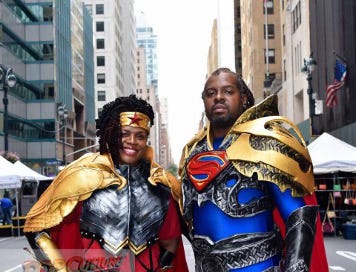


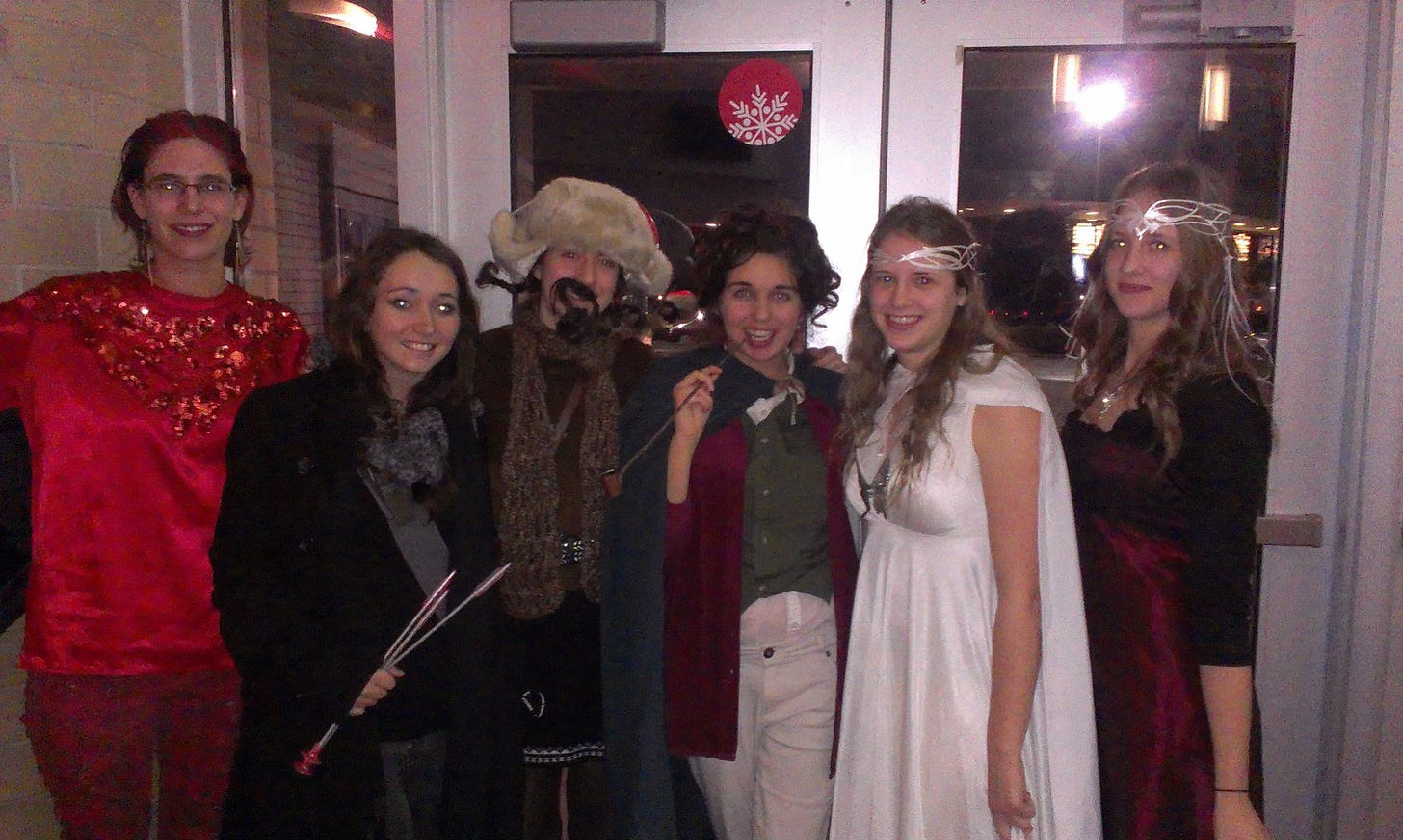
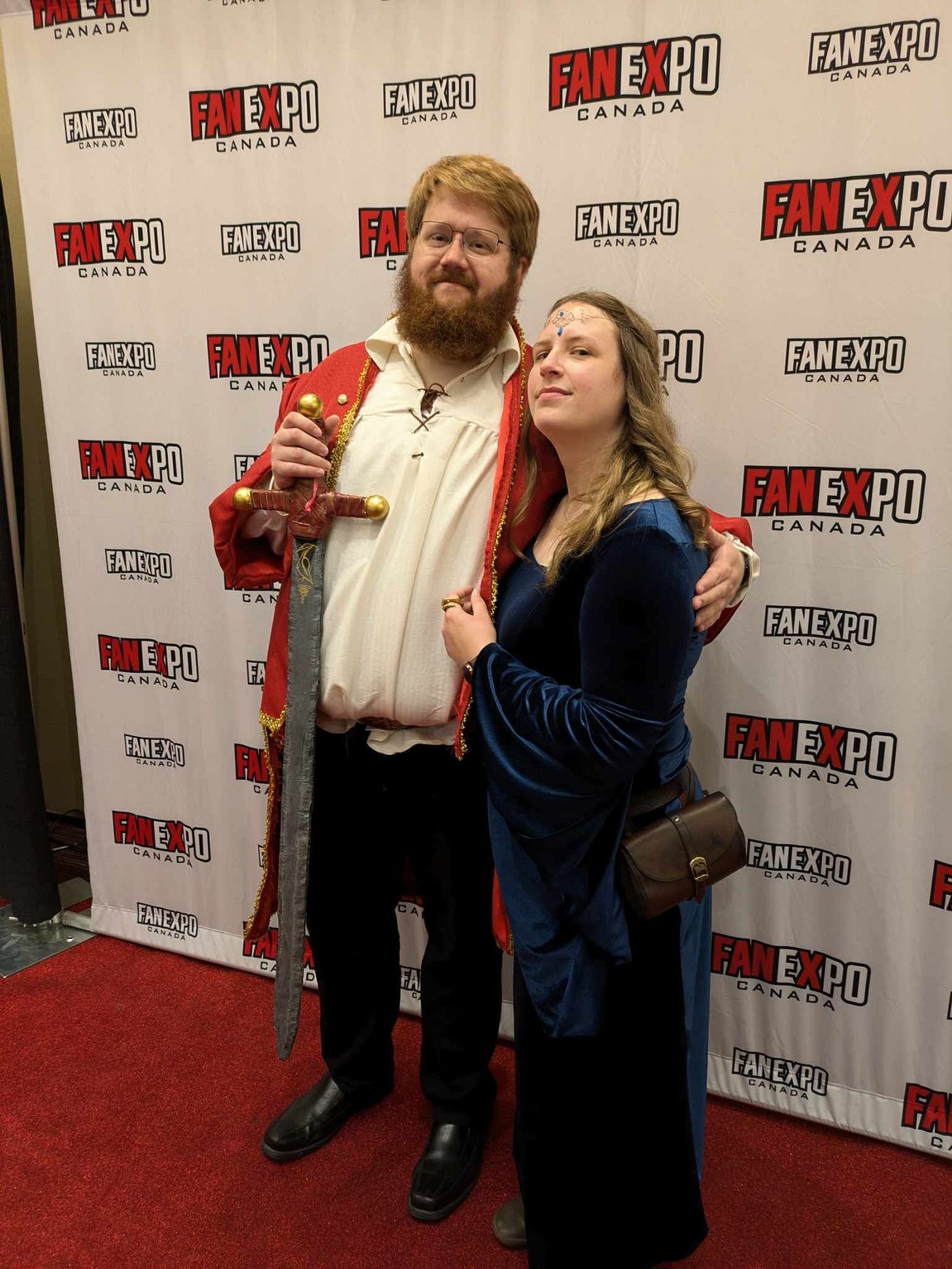
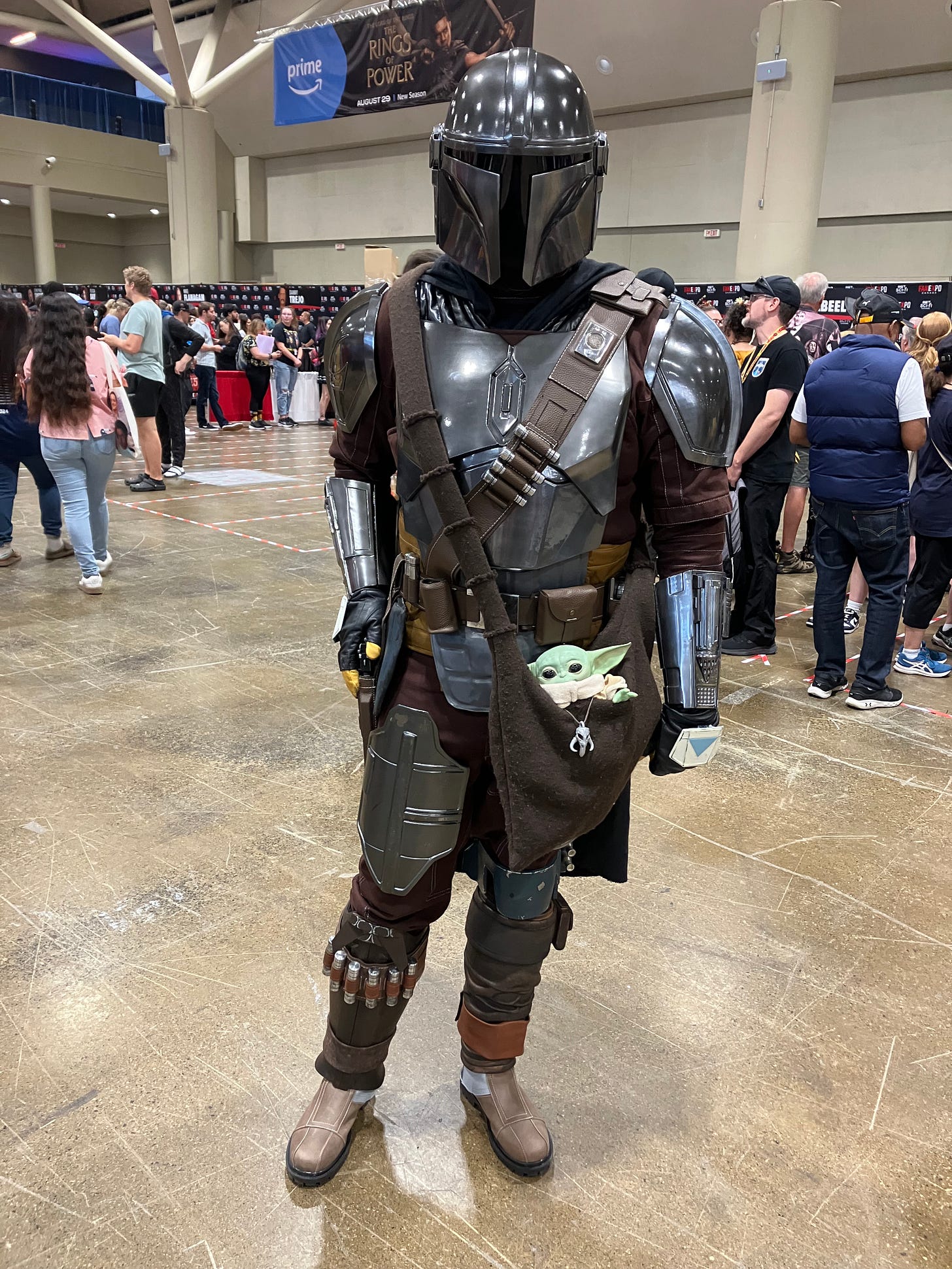
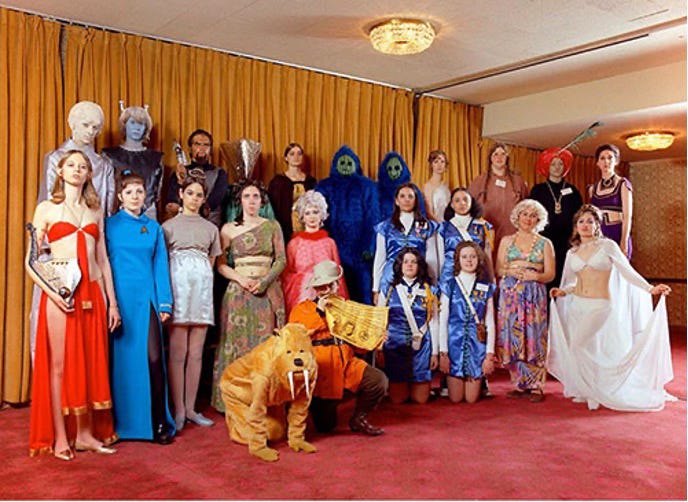
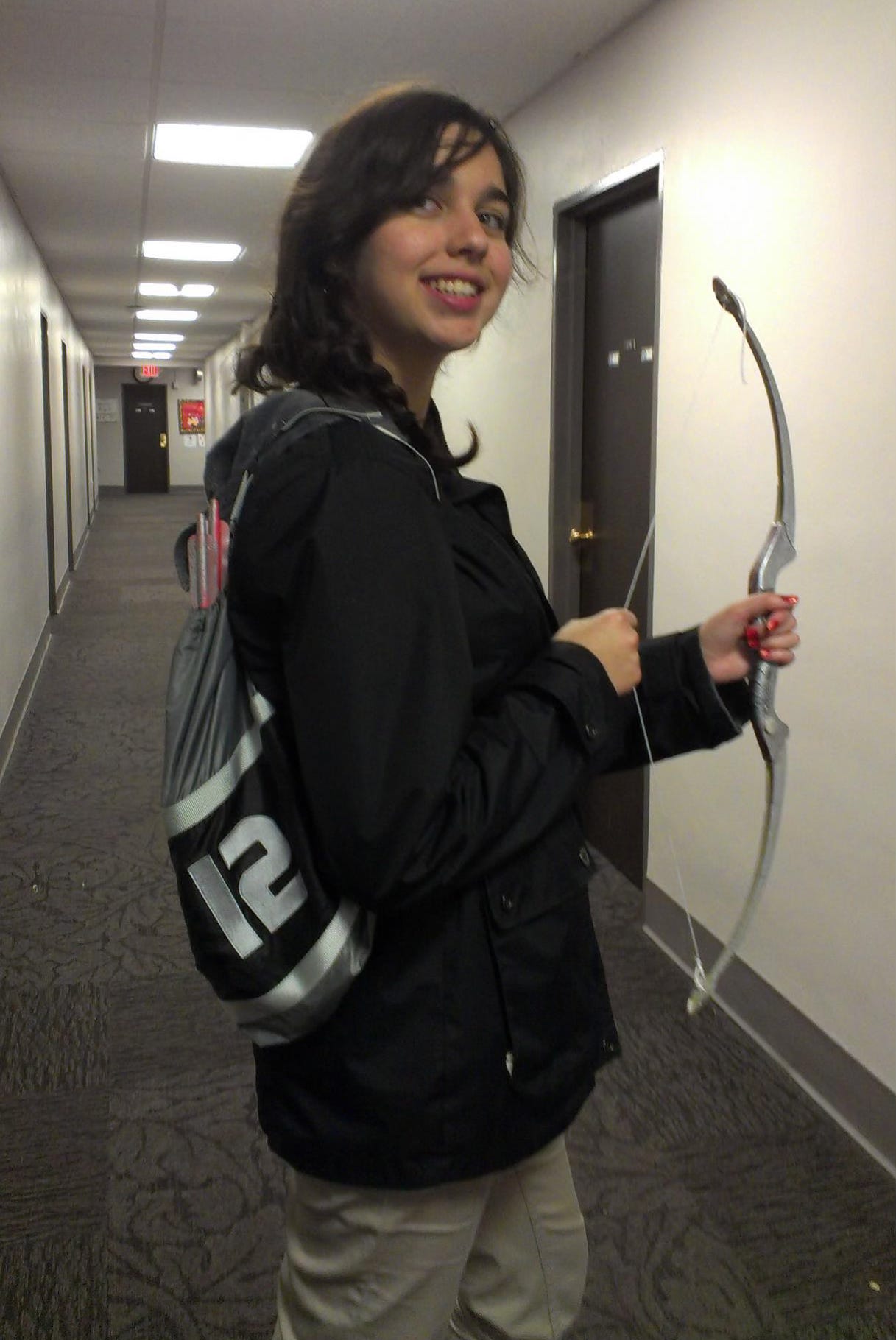
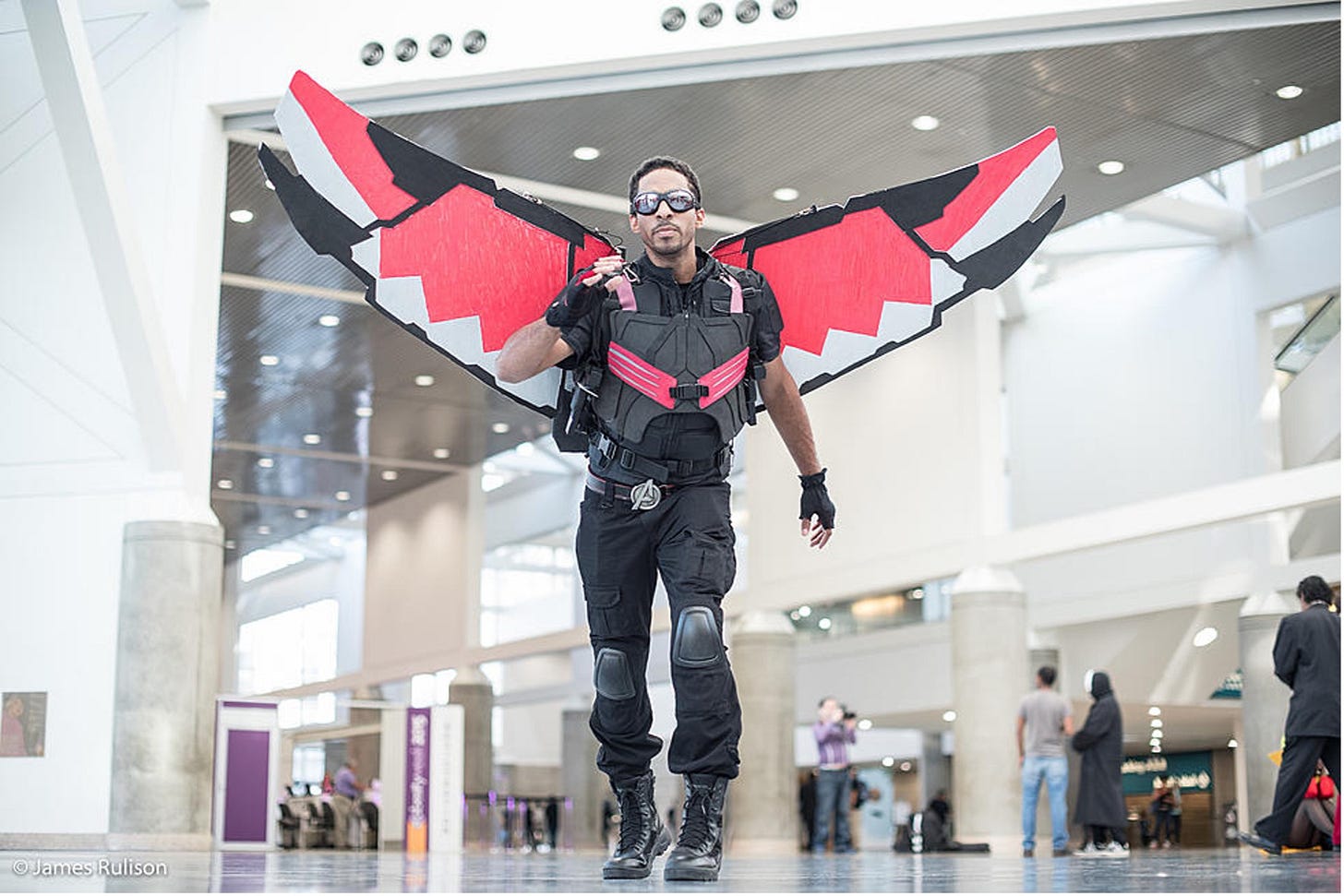


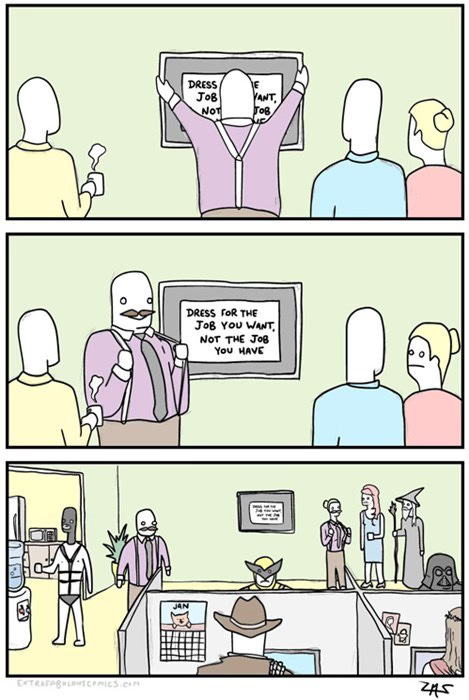
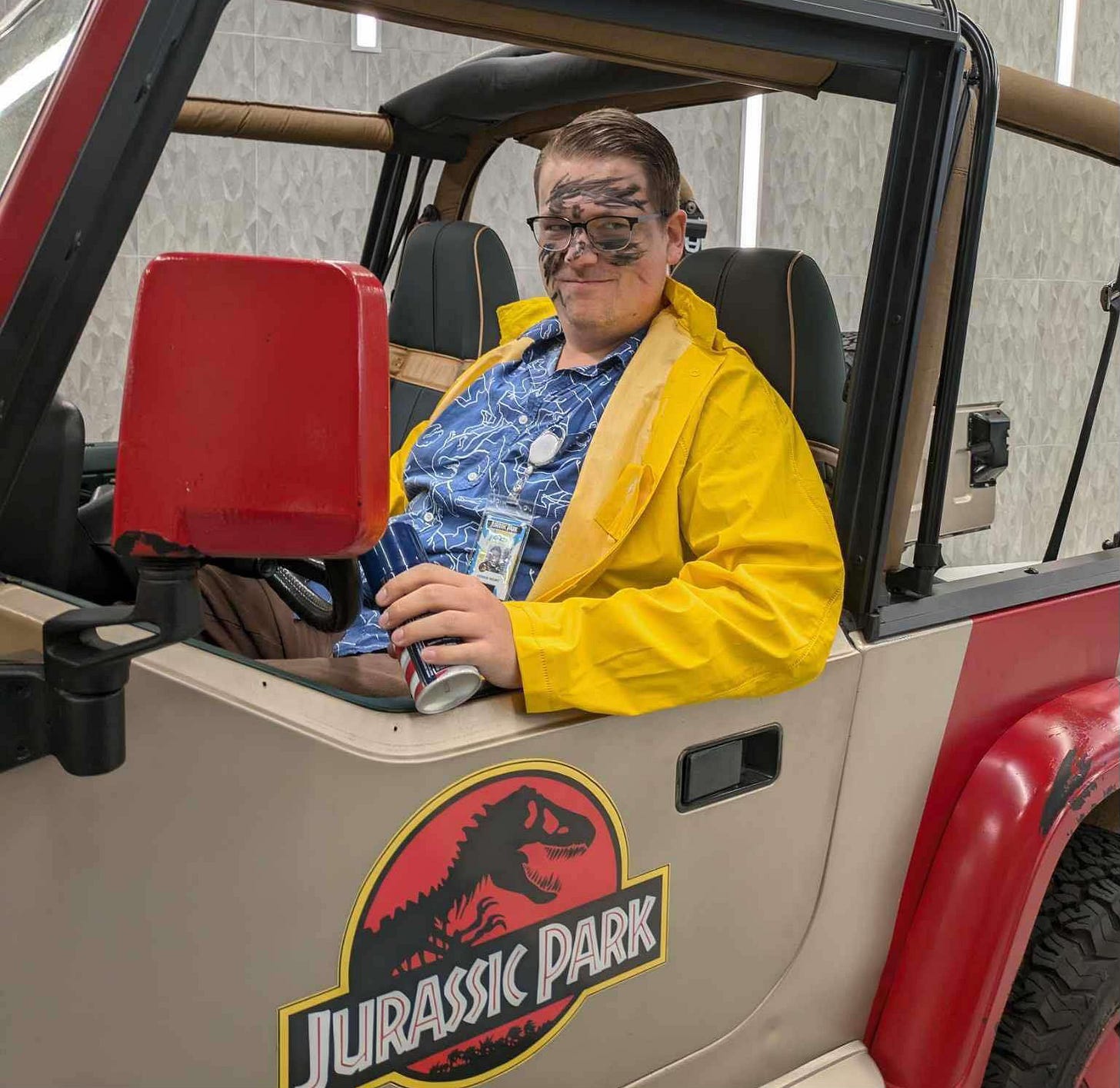
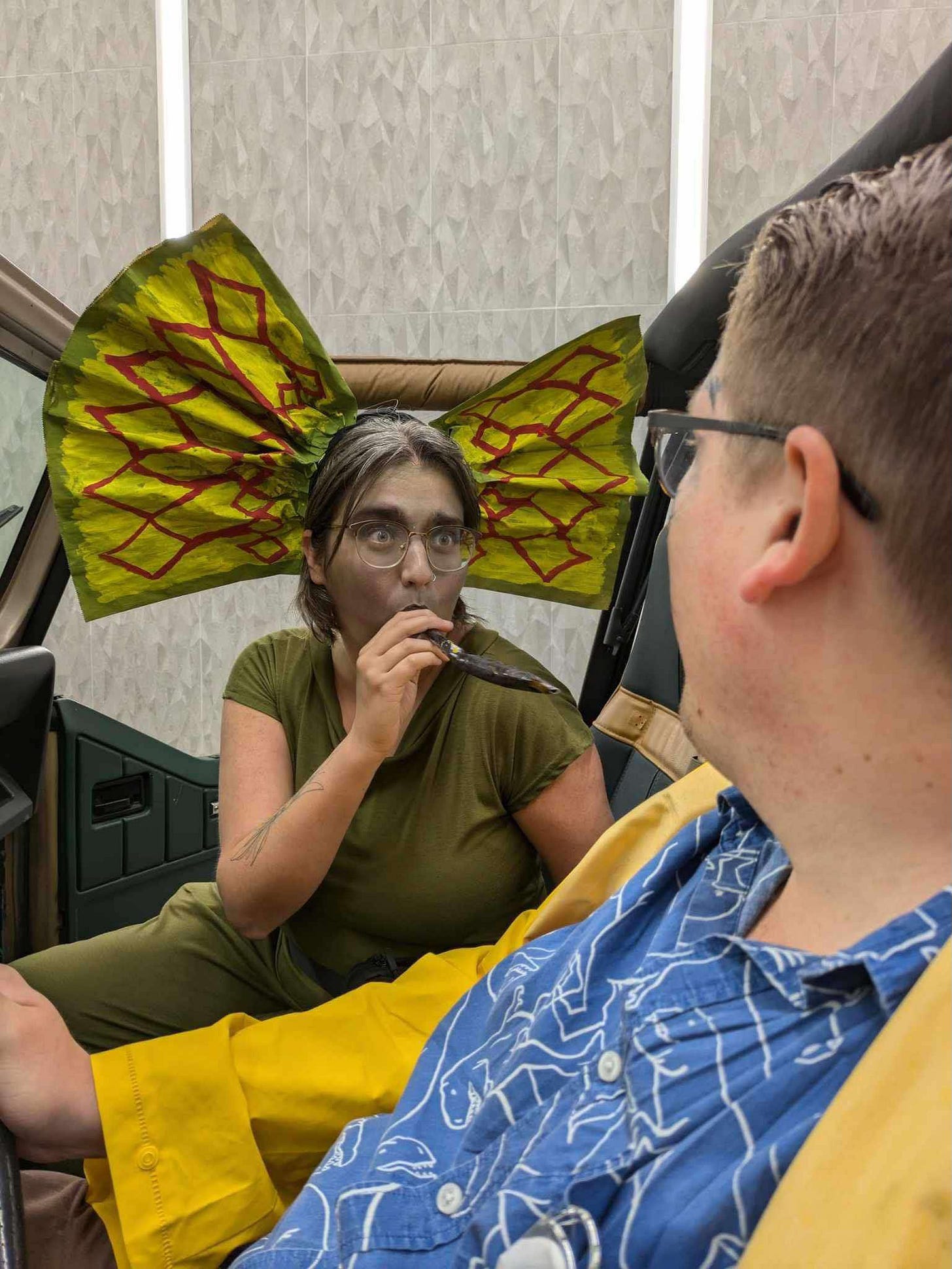
Keep that inner child!
This is very heart-warming and fun. It’s a great chance to use your creative skills. You guys amaze me. I’m a fan!